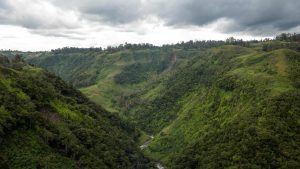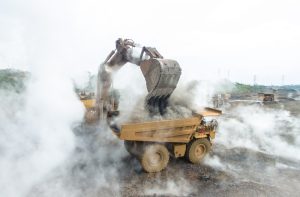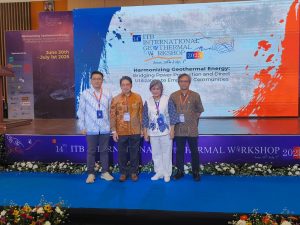Jakarta – Greenpeace Indonesia in a written statement, Tuesday (27/9) said the government’s commitment in responding to the climate crisis threat seems less serious, as stated in the latest Enhanced National Determined Contribution (NDC) announced by the Ministry of Environment and Forestry (KLHK) this week.
“This enhanced NDC is still far from public expectations to protect Indonesia’s future from the adverse effects of the climate crisis,” said Adila Isfandiari, Greenpeace Indonesia’s Climate and Energy Campaigner.
Although there is an increase in the emission reduction target, from 29% to 31.89% independently in 2030, and from 41% to 43.2% with international assistance, the enhanced NDC whose discussion is closed does not regulate the plan to accelerate the end operational period of coal powered plants (PLTU), or early retirement plan for PLTU. Whereas early retirement of PLTU really needs to be done as soon as possible to provide space for the development of renewable energy in the midst of an oversupply of electricity.
“This is much better than telling the public to increase power and encourage excessive use of electrical energy, in order to save PLN from a crisis due to oversupply of electricity,” she said.
Meanwhile, the permitted use of coal at least 30% in 2025 and 25% in 2050 (text in Enhanced NDC: “coal should be minimum 30% in 2025 and minimum 25% in 2050”) also contradicts the IPCC recommendation to achieve the target of 1.5 degrees. Celsius, which requires a reduction in coal in the electricity sector by 80% from 2010 levels by 2030, and phase out coal in 2040.
The government plans to use co-firing in coal-fired power plants with a requirement of 9 million tons of biomass. Based on the analysis of the Institute for Energy Economics and Financial Analysis (IEEFA), the use of this large amount of biomass will require a large-scale biomass industry with great technical and financial challenges, especially to obtain quality biomass. Mixing 5% biomass for co-firing will only reduce CO2 emissions at the PLTU by 3.2%, not including the risk of carbon footprints on land expansion for biomass, pellet production processes and distribution. In addition, there is also clean coal technology which will only extend the operating life of the PLTU which produces high greenhouse gas (GHG) emissions.
“Enhanced NDC also still includes a false solution, namely the use of B-40 by 100% by 2030 which will not reduce carbon emissions significantly from the energy sector,” said Isfandiari, adding that the biodiesel development plan will also bring economic and environmental risks to Indonesia.
Based on a report by Greenpeace with the University of Indonesia’s LPEM, the implementation of the B-40 will further accelerate the extensification of oil palm land which has the potential to require new land expansion and threaten the remaining forest area.
As a country that is included in the list of the top five countries with the largest accumulation of emissions in the period 1850-2021, Indonesia should implement more ambitious climate commitments. Indonesia is an archipelagic country that is very vulnerable to the risk of climate disasters. Based on a report by Bank Indonesia, the potential economic loss due to the climate crisis could reach 40% of Indonesia’s GDP in 2050. (Hartatik)













